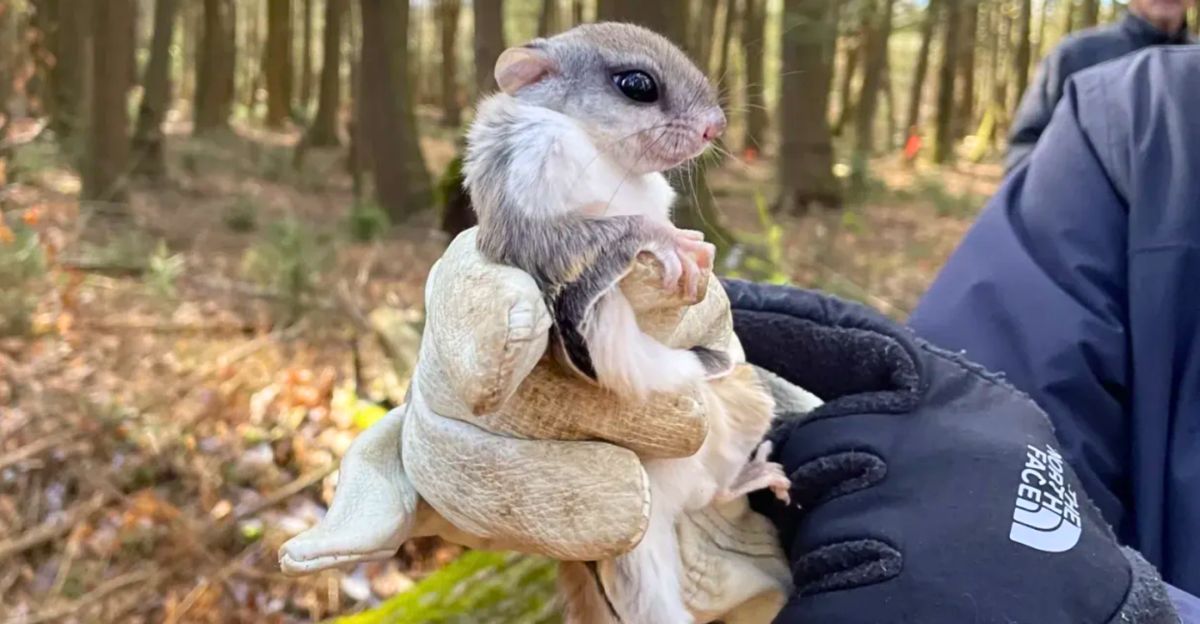
America’s forests are filled with deer leaping through glades and owls hooting in the trees. But beneath the surface lies something stranger. Animals so rare, most of us could have spent our whole lives without knowing they exist. They’re not the stars of nature documentaries or children’s bedtime stories.
They’re the forest’s secret gems: camouflage masters, retiring by sunset, and crucial to their environments. From the smallest mammals that measure the length of your thumb to birds that rarely come down from the branches, these creatures live hidden lives within our national forests.
So why haven’t you ever heard of them? That’s what you’re about to discover. So tie up your boots, because what’s lurking behind the bushes might just surprise you.
1. Pacific Fisher – Northwest Elusive Hunter
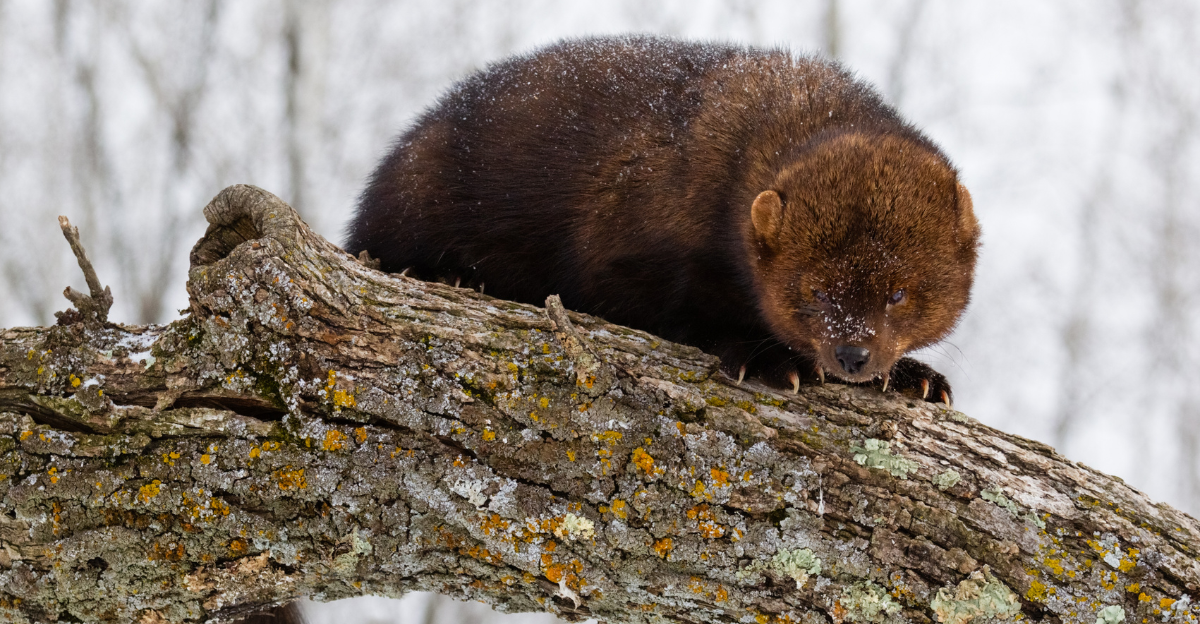
Marten relative, the Pacific Fisher, ranges over old forests from California to British Columbia. Slipping through the trees and fearless on the ground, it’s one of the few predators nimble enough to attack a porcupine. Fishers were nearly exterminated in the past by fur trapping and logging, and while reintroduction efforts have increased the species’ numbers, their population remains tenuous.
Solitary and reclusive, discovering one in the wild is like searching for a needle in a pine-needle haystack. They control small mammal numbers and remind us predators can also exist in many small, furry shapes and sizes.
2. Allegheny Woodrat – The Gentle Forest Collector
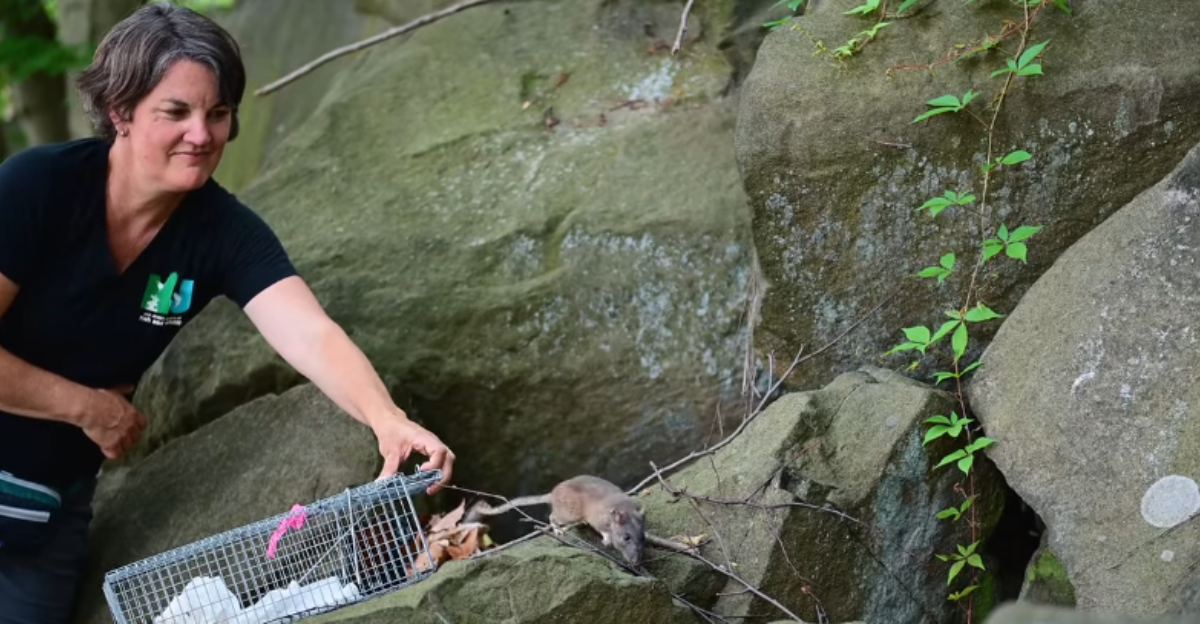
In contrast to its city cousins, the Allegheny Woodrat escapes city mayhem to the wilderness in the Appalachian frontier. These nocturnal rodents fancy rocky outcrops and cave-scattered forests, where they habitually hoard shiny things and cache them in “middens” like woodmagpies.
Unfortunately, their numbers are in steep decline, threatened by fragmentation of territories and parasite transmission by invasive rats. They don’t receive nearly as much publicity as pandas, but the loss of this unassuming forest animal would be keenly felt across the ecosystem, particularly by the native plants that depend on them to spread seeds.
3. Northern Flying Squirrel – Glider of the Night
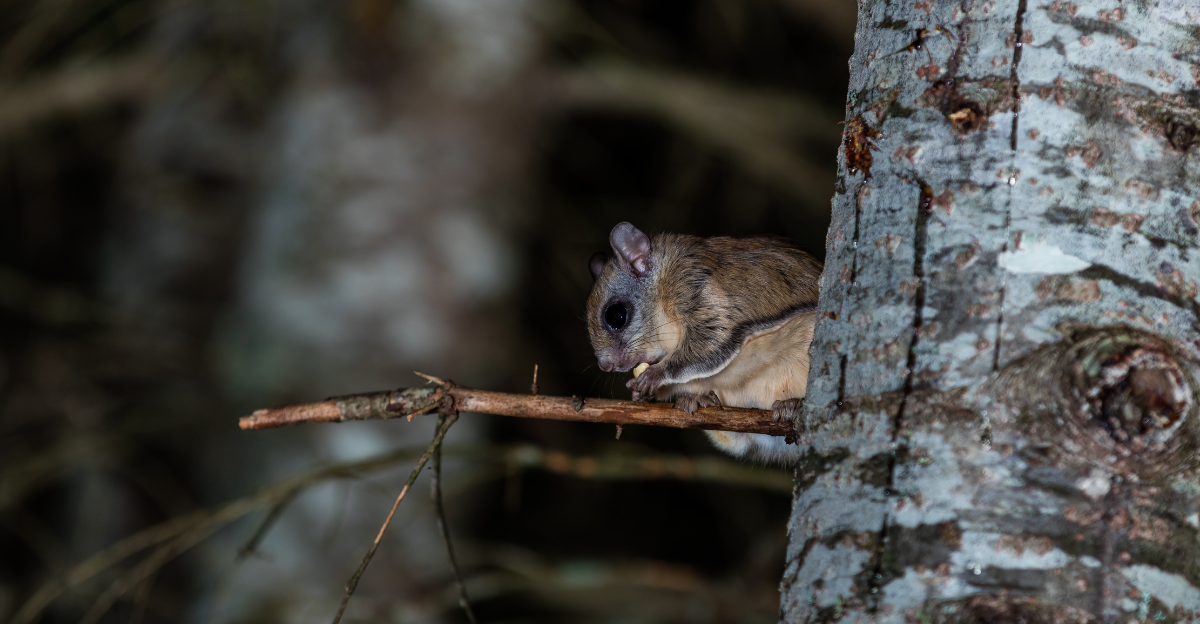
Don’t be confused by the name: this squirrel doesn’t fly. Yet, with a wave of skin known as a patagium, it glides up to 150 feet from tree to tree. Northern Flying Squirrels are important to the forest’s health, spreading fungi in the ground that enable trees to take in nutrients.
They’re nocturnal and shy, so they’re difficult to spot, but they’re an important part of the coniferous forest’s ecosystem from the Appalachians to Alaska. Fun fact? They’re extremely social, usually grouping into huge clusters in dens to share warmth during winter.
4. Cerulean Warbler – Sky-Hued Ghost of the Canopy

Rare, reclusive, and declining in numbers, the Cerulean Warbler is a birdwatcher’s holy grail. Its stunning blue plumage can be seen flitting high in the treetops of eastern deciduous forests – if you’re lucky.
A canopy specialist, it relies on tall, mature trees for nesting and is especially sensitive to habitat loss. These tiny birds winter in South America and return to U.S. forests each spring, linking conservation efforts across continents. Their population declined over 70% over the last few decades, and therefore any spot is valuable and every rescued tree crucial.
5. Star-Nosed Mole – Nature’s Underground Super Sensor
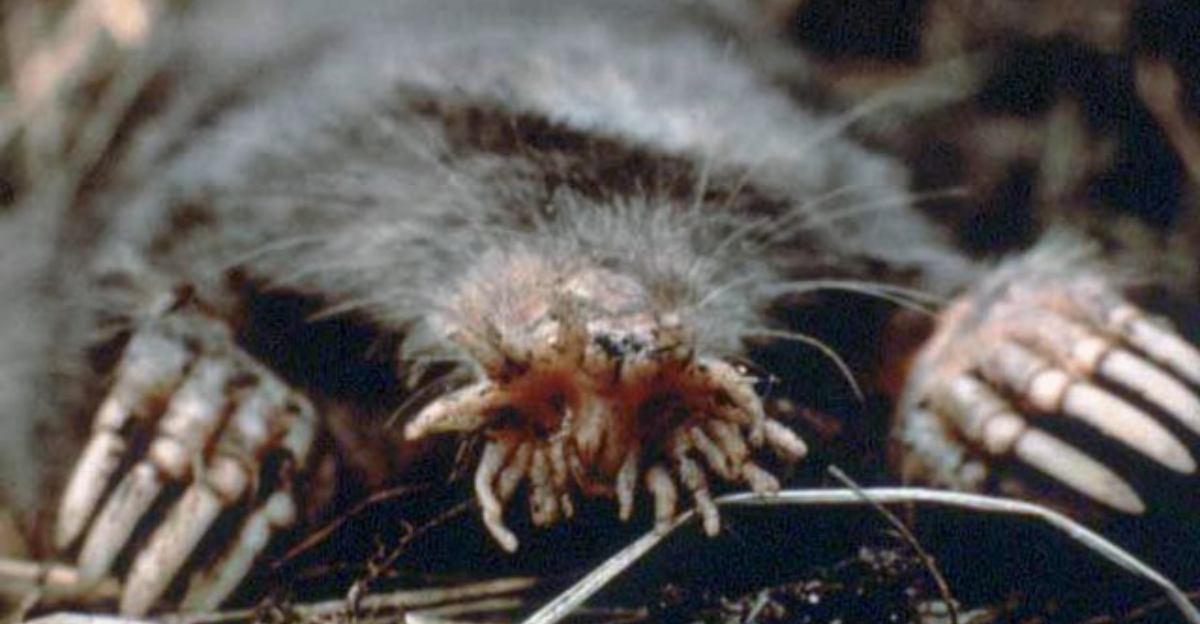
Picture an animal “seeing” with its nose – and not just any nose, but a nose that resembles an extraterrestrial sci-fi prosthetic. The Star-Nosed Mole uses its 22 fuchsia-tipped tentacles to catch prey quicker than the blink of a human eye.
It inhabits wet forests and soggy soils of the southeastern United States and burrows underground into a realm beyond our imagination. Although too easily mocked as peculiar, the mole is an evolutionary wonder and is a fine pest control agent that keeps soil ecosystems in check.
6. Long-Tailed Weasel – Nature’s Silent Assassin
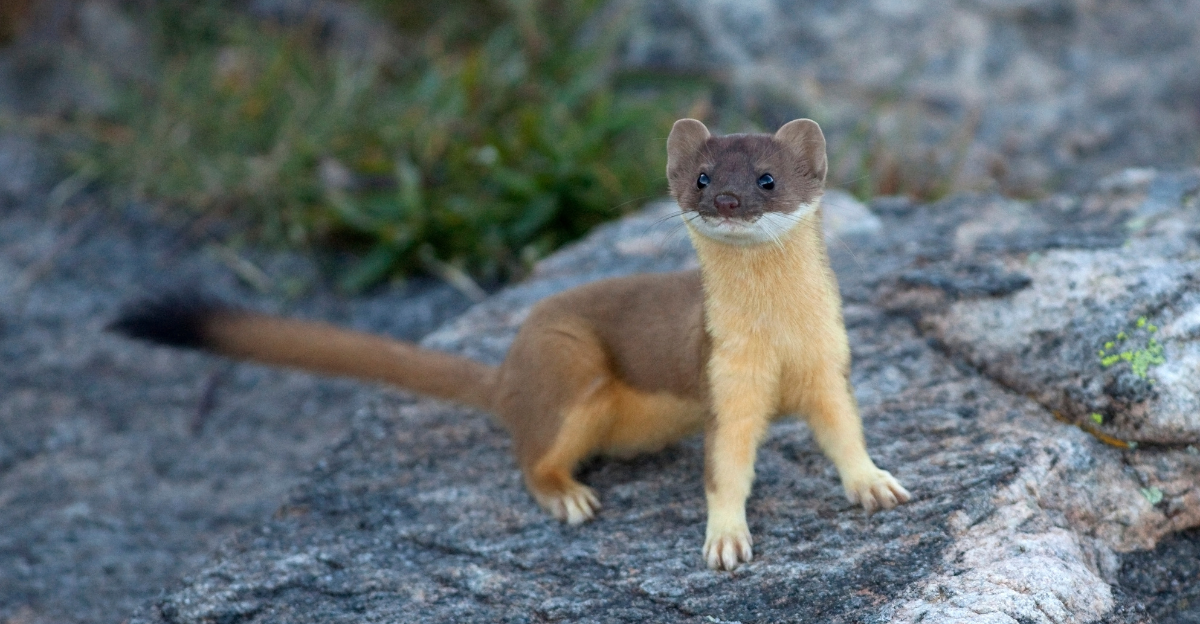
Svelte, quick, and quick as lightning, the Long-Tailed Weasel is a stealth forest hunter throughout the U.S. With its dominance over much larger animals due to agility and razor-sharp teeth, it prowls through tunnel systems, unseen.
While prolific, they’re never seen due to their solitary nature. As weasels on the rodent control circuit, they keep forest plant material in check. Don’t be fooled by their cuteness: this is one resilient forest inhabitant.
7. Dusky Salamander – Wet-Skinned Forest Sentinel
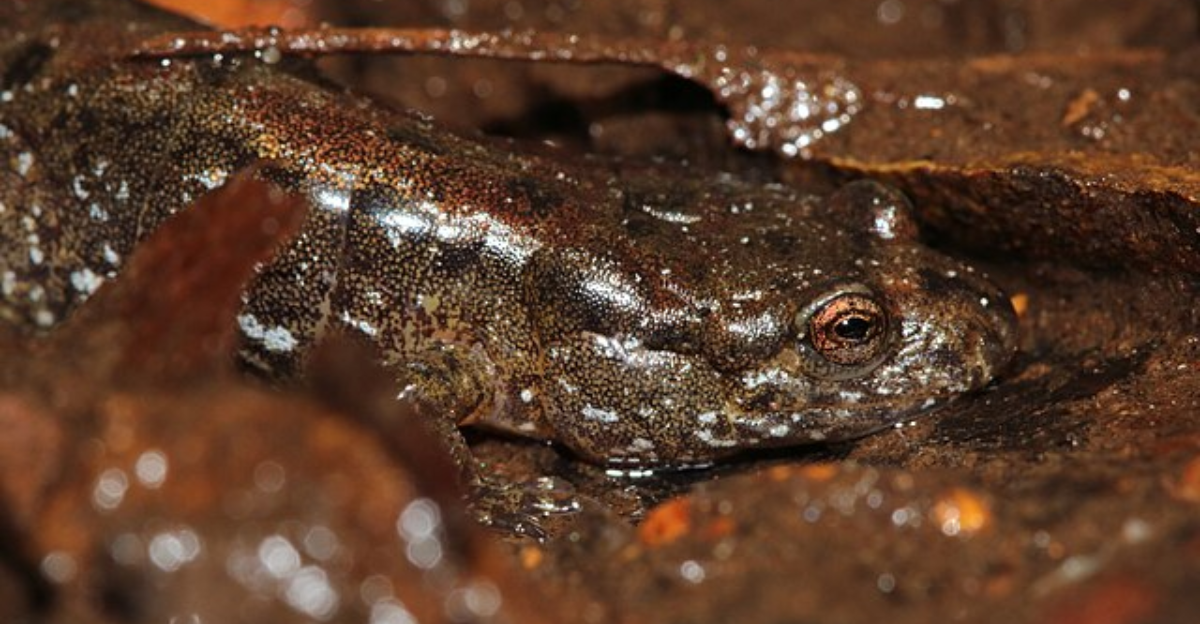
Residing where forest and water come together, the Dusky Salamander inhabits wet, damp areas close to streams. The amphibians have permeable skin, needing pristine water to live; so they’re the perfect indicators of environmental well-being. Residing in the eastern United States, they inhabit under rocks and leaf litter, quietly roaming the forest floor in search of insects.
Their presence (or absence) is hugely indicative to researchers of the health of ecosystems in the region. Soft, quiet, and highly sensitive to environmental changes, they’re a testament to the vulnerability of life in the forest.
8. Rafinesque’s Big-Eared Bat – The Listening Hunter
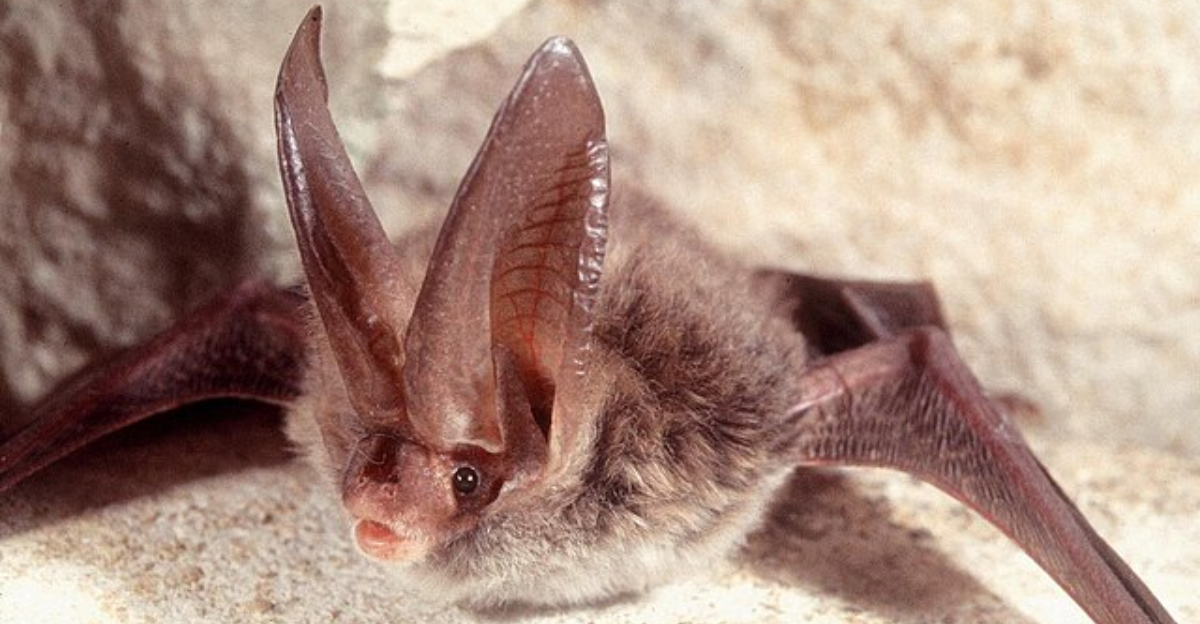
This insectivorous, night-flying bat has comically oversized ears and bears the name of an iconoclastic 19th-century naturalist. A native of the southeast United States, Rafinesque’s Big-Eared Bat hibernates in hollow trees and loose bark, emerging at twilight to feed on moths and beetles with echolocation accuracy.
It’s a crucial insect population controller and a natural pest control at its best. Far from the horror-movie bats popular culture leads us to imagine, this animal is harmless, helpful, and increasingly threatened by habitat loss and human disturbance.
9. Eastern Spotted Skunk – Acrobat of the Undergrowth
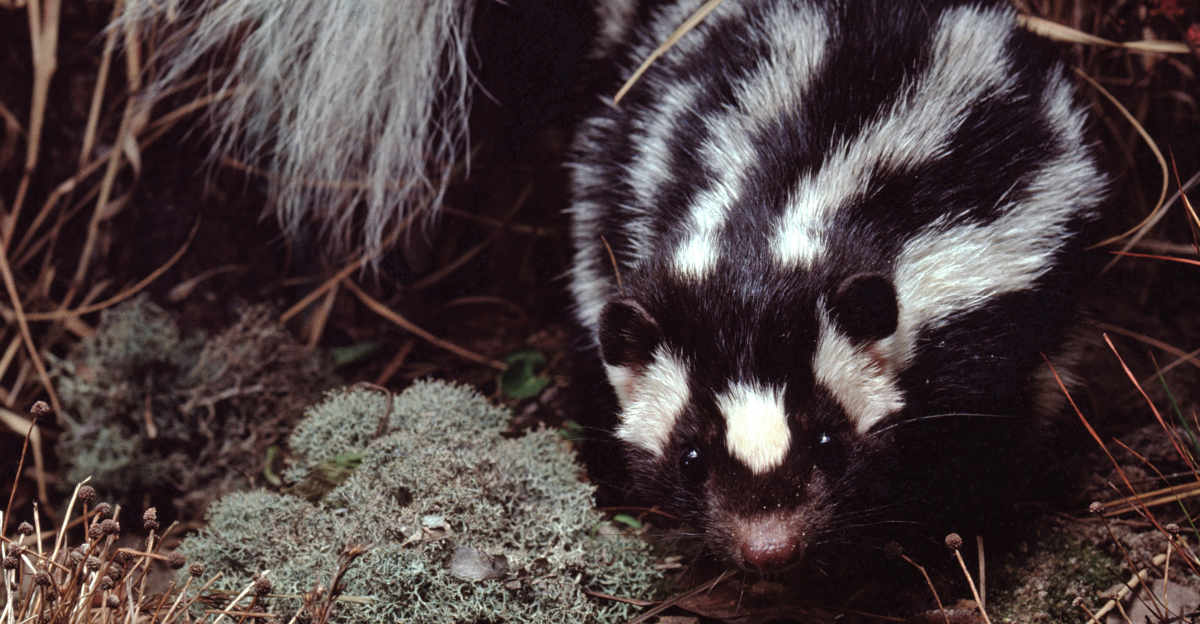
Unlike its better-known striped cousin, the Eastern Spotted Skunk prefers to keep a low profile. In central and southeastern United States, it stands on its hind legs in a handstand when threatened—forepaws up, tail held high, delivering a warning to any predators before letting loose with its notorious spray.
Adroit climbers and stealthy feeders, these nocturnal creatures keep insect and rodent populations under control. Sadly, habitat fragmentation and pesticide use have led to a decline in its population.
10. Red-Cockaded Woodpecker – Architect of Old Pines
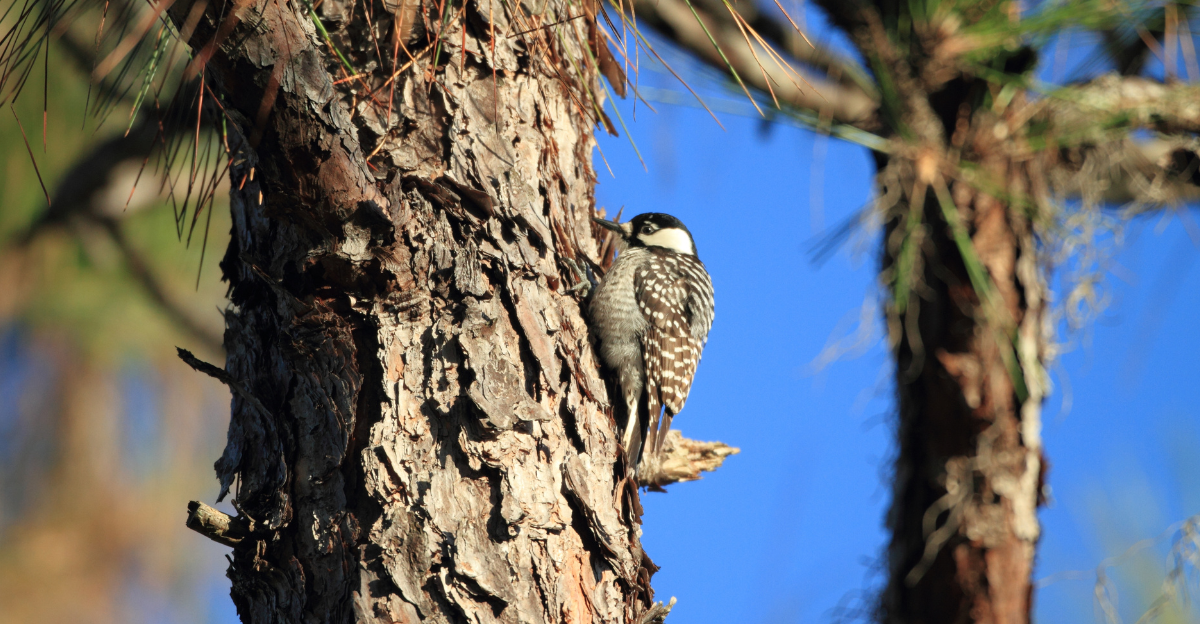
The Red-Cockaded Woodpecker does not drum on just any tree. It only digs holes in live heart-rotten pine trees—a process of years of devotion. They are social birds, found in family groups, and rely on old-growth Southeast longleaf pine forests.
Those forests have, however, been reduced to 3% of their historic range. Their survival is bound up inextricably with restoring their habitat, so this bird is a poster child for long-range conservation planning.
11. Appalachian Cottontail – Ghost Rabbit of the Mountains

The Appalachian Cottontail is readily mistaken for its more common relative, the Eastern Cottontail, and occupies only higher elevations from Pennsylvania to Georgia. It lives in dense thickets and forest edges, where it can flee from predators.
A solitary creature, its populations are affected by climate change and habitat destruction. Its preference for cold, high areas reduces its habitat and makes it increasingly rare to see, leaving it one of North America’s rarest rabbits.
12. Bog Turtle – Jewel of the Wetlands
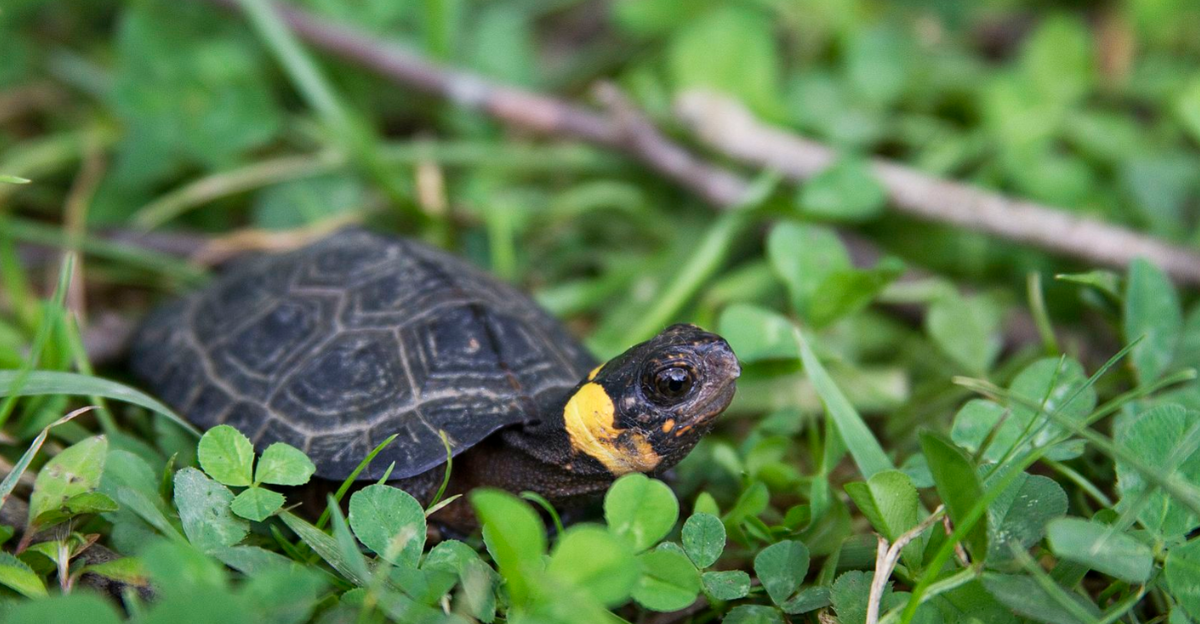
Only a few ounces in weight, the Bog Turtle is one of North America’s smallest turtles—and is most threatened. Recognized by orange spots on the sides of its neck, it is found in spring-fed bogs and wetlands in Georgia to New York.
The pet trade, agriculture, and the draining of wetlands have pushed it to the brink of extinction. Bog Turtle’s lives depend on intricate wetland habitats that aren’t often preserved. Do what you can to save the bog today, and you save a species that has lived for thousands of years.
13. Blue Ghost Firefly – Whisper of Light in Darkness
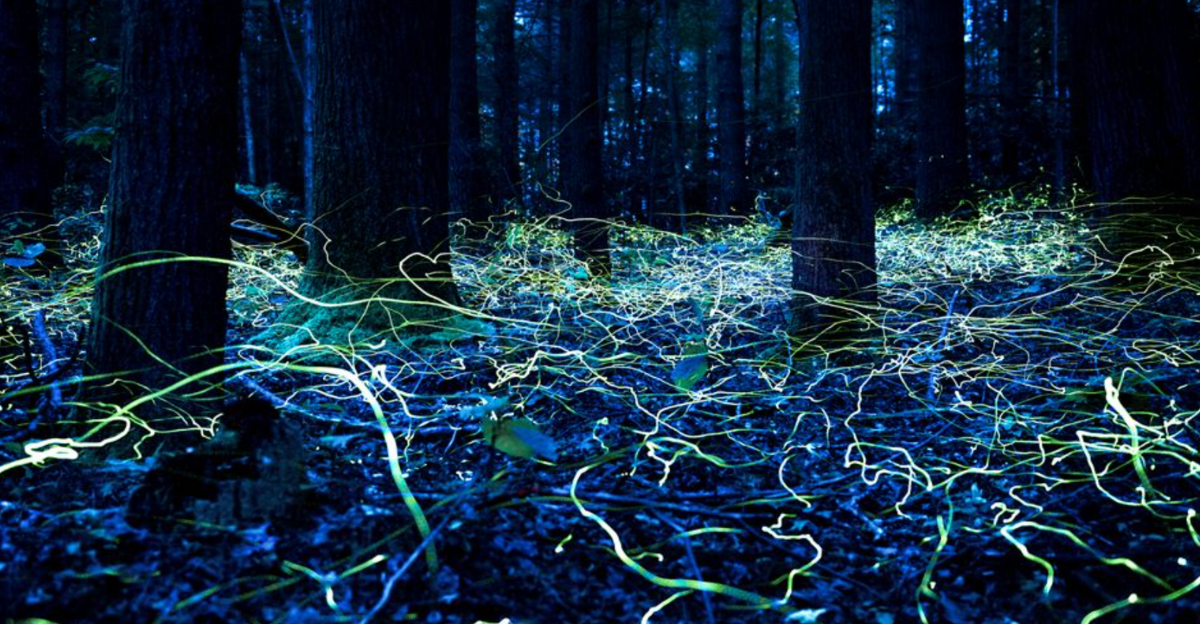
In contrast to its more famous cousins, the Blue Ghost Firefly does not blink. Rather, males give off a continuous, pale-blue light as they fly low over southern Appalachian forest floors.
Their ghostly, soundless light lasts only a few weeks every spring and is most easily seen in the darkest, oldest forests. Development, artificial lighting, and habitat disturbance endanger their enigmatic courtship ritual. They are like little bursts of magic from the forest that disappear before you can wonder if you’re dreaming.
14. Smoky Shrew – Out of Sight but Not Out of Mind
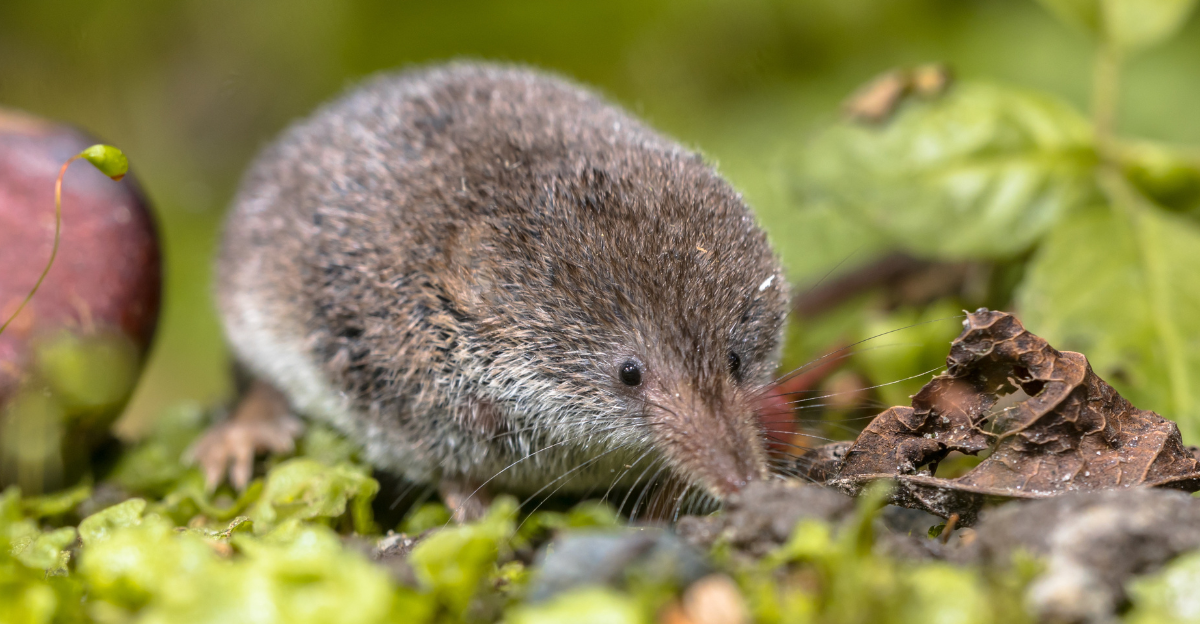
Few individuals have ever even caught a glimpse of a Smoky Shrew, and it doesn’t mind this at all. This small, particular mammal is active both day and night in eastern forest floor leaf litter, especially in the Appalachians.
With such a rapid metabolism that it has to keep eating, it overindulges in spiders, insects, and worms. Shrews are a force in keeping pests at bay and aerating the earth. Though tiny, they’re a crucial part of the health of forests.
15. Green Salamander – Mosaic of Moss and Stone
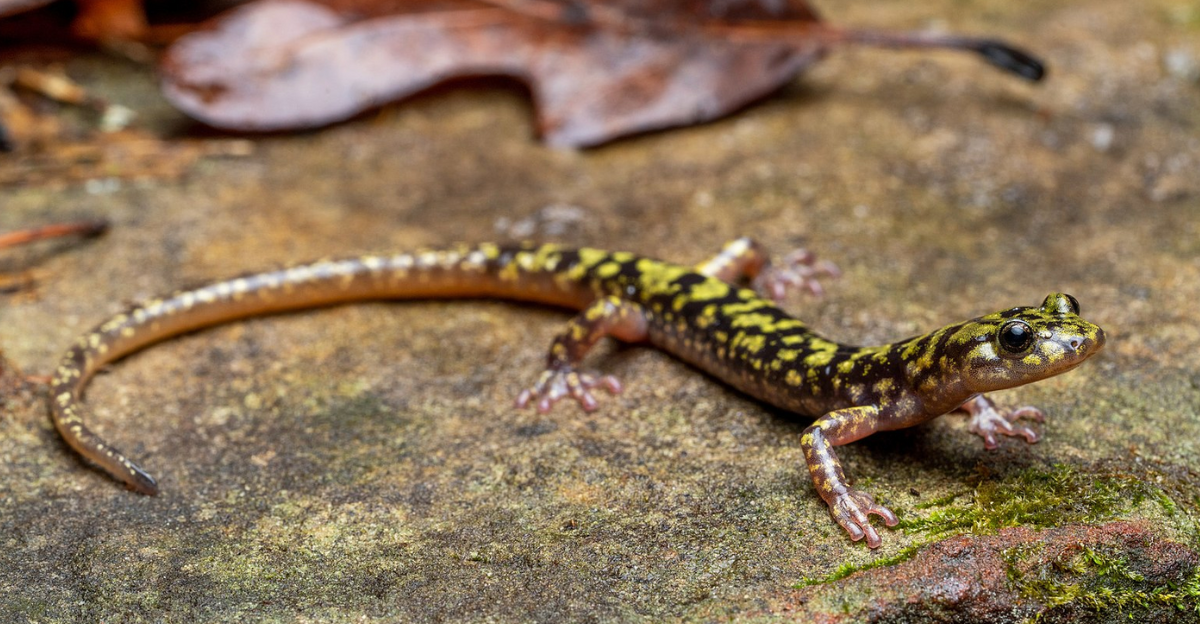
Hanging suspended from tree bark and Appalachian rock crevices, the Green Salamander is the sole eastern North American salamander with a lichen-streaked camouflage pattern—ideal for a dark, moist dwelling.
Territorial and inclined to vertical faces of stone, as opposed to most amphibians, it’s a master of concealment and a symbol of nature’s fragile transformations, an embodiment of how thin the thread to survival remains.
16. Townsend’s Big-Eared Bat – Cave Dweller in Peril

With its gargantuan, curled ears, Townsend’s Big-Eared Bat inhabits caves and vacant buildings throughout the West and Southeast. They’re extremely sensitive to human disturbance, particularly during hibernation and giving birth. Harmless to humans, they’re useful to us by snacking on vast amounts of crop pests.
Though they are unobtrusive cave-dwellers, they are hindered by habitat disturbance and widespread misinformation about bats. Respecting their roosts is essential to rehabilitating this peaceful creature.
17. Carolina Northern Flying Squirrel – Alpine Acrobat
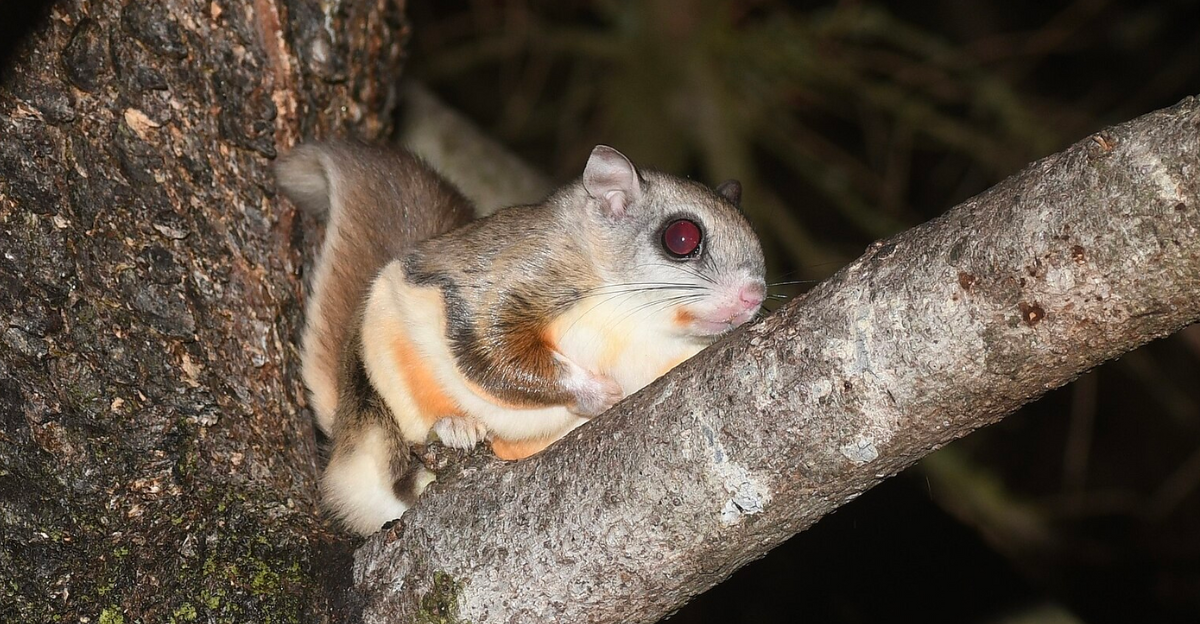
A subspecies of the Northern Flying Squirrel that inhabits the alpine, this animal appears only in the southern Appalachians. Habitat of choice? Cold spruce-fir forests on the highest peaks in the region.
Sadly, these forests are being destroyed because of environmental changes and non-native insects such as the balsam woolly adelgid. The North Carolina Northern Flying Squirrel is a federally listed species and climate sentinel—its fate is a testament to the mountaintops it inhabits.
Guardians of the Hidden Wild
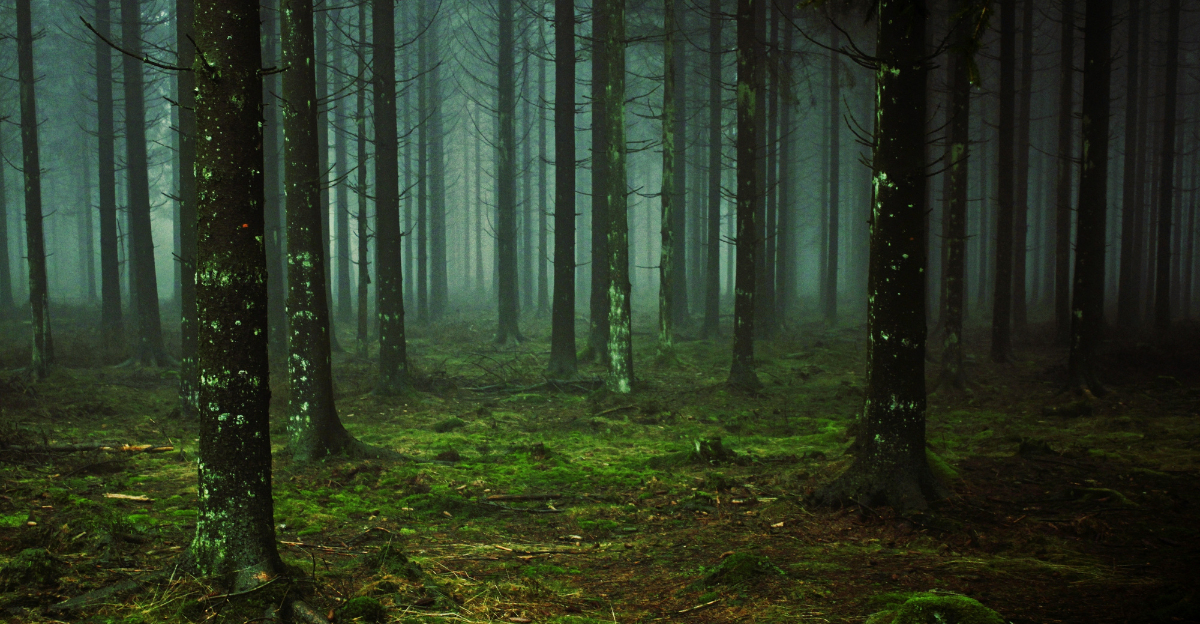
America’s forests are more than trees and trails: they’re living, breathing systems teeming with animals most of us never get to meet. From sky-sailing squirrels to earth-tunneling moles and sonar-precise bats, every species has a role in the intricate dance of nature. Many of these endangered animals wage quiet battles against habitat destruction, global warming, and human encroachment.
But awareness begets action. By learning more about these lesser-known heroes, we can begin to protect them, keeping the mystery and enchantment of our woodlands intact.
Whispers of the Unknown

From love rays upon the forest floor to muffled footfalls upon alpine moss, America’s invisible forest dwellers are not myths—they’re miracles. Yet anonymity does not preclude them from our ways.
Saving the forest’s hidden creatures involves keeping old trees intact, clear running water, and untainted ground. We can’t fight what we don’t know exists—so now you know something about these wild wonders, remember them the next time you walk a trail, stand by a creek, or hear some thudding in the bushes.
Explore more of our trending stories and hit Follow to keep them coming to your feed!

Don’t miss out on more stories like this! Hit the Follow button at the top of this article to stay updated with the latest news. Share your thoughts in the comments—we’d love to hear from you!







